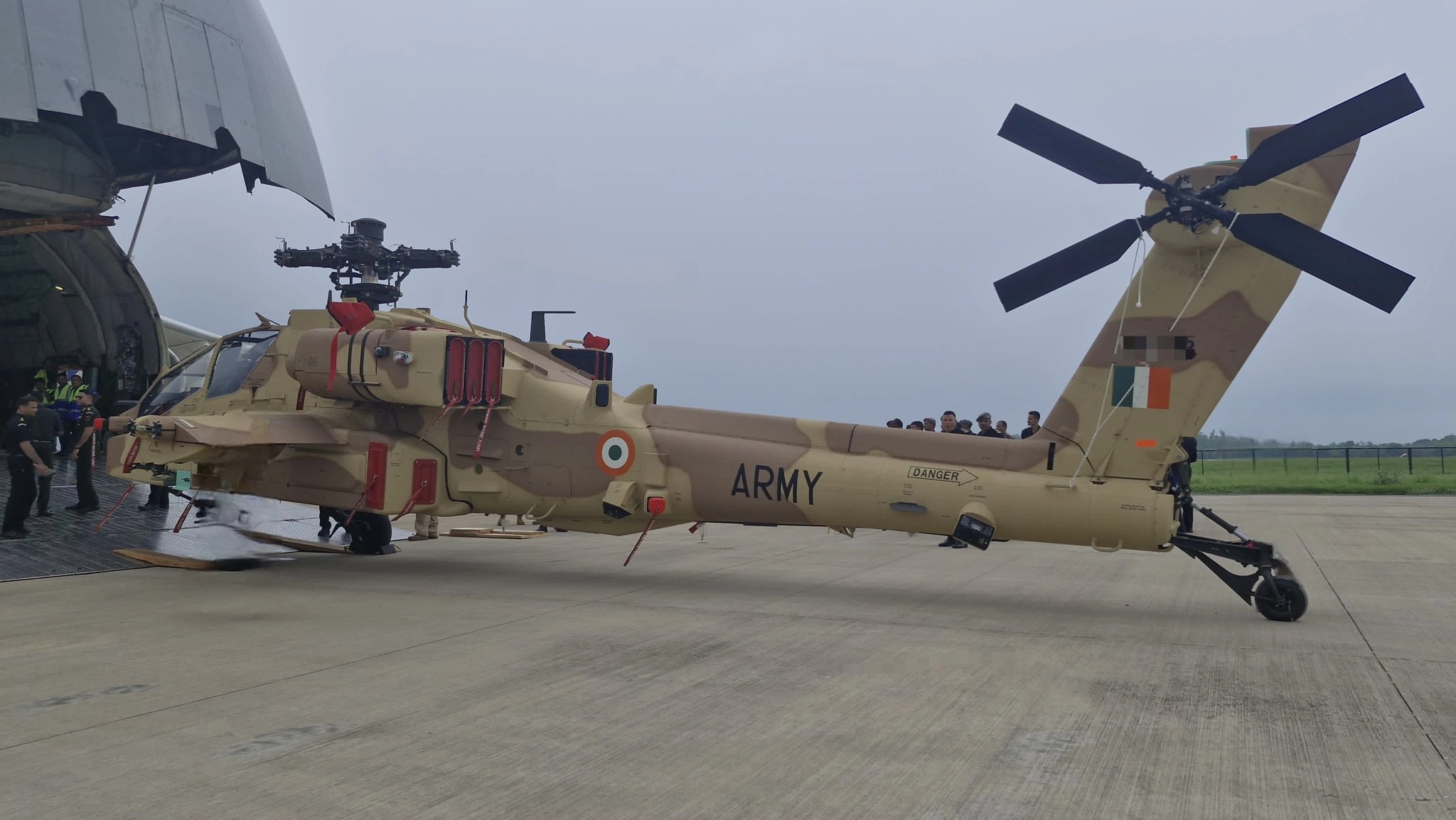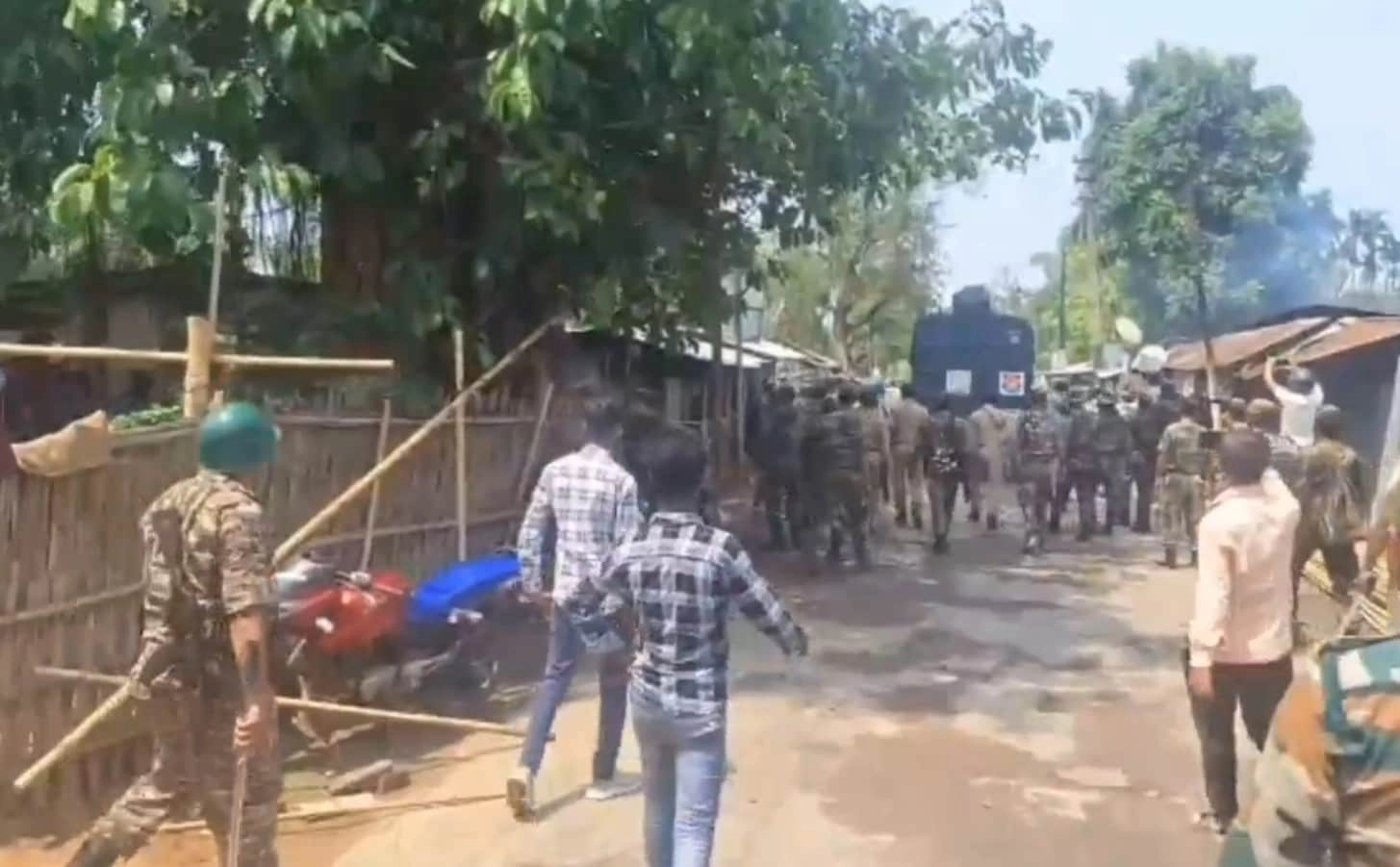The presence of Apache Choppers near the Pakistan border marks a significant shift in the regional military dynamics, with implications that extend beyond mere aerial capabilities. These advanced attack helicopters, known for their precision and lethality, signal a strategic enhancement in surveillance and combat operations. As tensions in the region have historically fluctuated, the deployment of such sophisticated aircraft suggests a proactive approach to addressing potential threats, particularly in areas where insurgent activities may pose a challenge to stability. The Apache’s advanced avionics, long-range weaponry, and ability to operate in diverse conditions enhance the operational readiness of the forces stationed in the vicinity, potentially deterring hostile actions.
Moreover, the introduction of Apache Choppers can alter the balance of power in the region. Their ability to conduct precision strikes with minimal collateral damage provides military planners with a tool that can be used in both offensive and defensive operations. This capability is particularly crucial in areas where ground forces may face difficulties due to challenging terrain or the presence of non-state actors. The psychological impact of such advanced technology cannot be understated; adversaries may think twice before engaging in hostile actions, knowing that they are being monitored and can be targeted with pinpoint accuracy.
Additionally, the strategic positioning of Apache helicopters near the Pakistan border can significantly enhance intelligence-gathering efforts. Equipped with sophisticated sensors and reconnaissance capabilities, these aircraft can provide real-time information about troop movements, supply routes, and potential threats. This data can be invaluable for commanders on the ground, allowing for more informed decision-making and quick response to emerging situations. The ability to blend intelligence, surveillance, and reconnaissance (ISR) with direct combat capabilities creates a more integrated and responsive military posture.
In the broader geopolitical context, the presence of Apache Choppers near Pakistan could have repercussions on diplomatic relations as well. It may spur an arms race, prompting neighboring countries to bolster their military capabilities to counter perceived threats. The potential for increased military expenditure and the acquisition of advanced weaponry by regional players can lead to heightened tensions, complicating efforts for peace and stability. Furthermore, this shift in military dynamics could influence the strategic calculations of various stakeholders involved in the region, from international powers to local insurgent groups, reshaping alliances and enmities in unpredictable ways.
In conclusion, the deployment of Apache Choppers near the Pakistan border is not merely a logistical maneuver but a strategic recalibration that will have far-reaching consequences. As military capabilities evolve, so too will the strategies and interactions of nations within the region. The implications of this shift warrant close observation, as the delicate balance of power could be significantly influenced by the presence of these advanced helicopters, affecting everything from military operations to diplomatic relations in the years to come.




